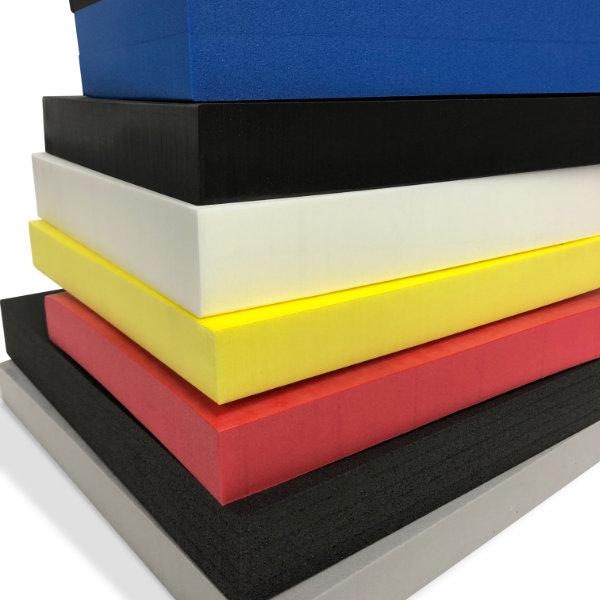

Although the authors speculated that any patient selection likely favored the use of XLPE in younger individuals, the opposite may be true because the study samples represented only 74% of the THAs performed for osteoarthritis. During the 17-year study period, there may have been differences in patient selection, perioperative care protocols, and possibly surgeon experience. At the beginning of the study period examined by de Steiger et al., most THAs were done with a CPE liner, whereas at the end of the study period most were performed with XLPE. However, unlike prospective trials, in which interventions are performed concurrently, there are temporal differences between cohorts in registry analyses. The registry quickly collected a large volume of cases performed by many surgeons, in many different hospitals, with a variety of implants. This timely coincidence allowed for a longitudinal clinical study of a large number of THA cases representing the gradual transition from CPE to XLPE. The AOANJRR was initiated in 1999, about the time that several highly cross-linked irradiated polyethylene products became commercially available. utilized cases from the AOANJRR and expanded on this earlier report with longer follow-up, larger sample sizes, and a greater variety of hip implants. The cumulative incidence of revision was 5.4% of 1,815 THAs with a CPE liner compared with 2.8% of 25,008 with an XLPE liner at 7 years the hazard ratio for aseptic failure was 1.9.

The Kaiser Permanente Total Joint Replacement Registry previously reported improved survivorship of XLPE liners compared with CPE liners 5. This was a single-center study of 122 THAs performed with cemented stems and cementless Duraloc cups by 2 experienced surgeons in 1 medical center.
CROSS LINKED POLYETHYLENE TRIAL
Improved survivorship with XLPE liners was recently reported in a randomized controlled trial (RCT) with a 10-year follow-up that demonstrated a revision rate of 1.9% with Marathon liners compared with 14.6% with Enduron liners 4. Reduced wear of XLPE liners in vivo was reported in radiostereometric analysis (RSA) studies 3, resulting in further optimism for this bearing surface. Early clinical experience with XLPE was encouraging as the devices were not identified as outliers in large national registries such as the Australian Orthopaedic Association National Joint Replacement Registry (AOANJRR). Reduced in vitro wear of XLPE liners had previously been reported with preclinical testing 1, but laboratory testing of earlier polyethylene enhancements, such as Hylamer, did not accurately predict clinical performance 2.

The 16-year cumulative percentage of revisions was 11.7% (95% confidence interval = 11.1% to 12.3%) for CPE compared with 6.2% (95% CI = 5.7% to 6.7%) for XLPE. The authors report the results of their survivorship analysis comparing 41,171 THAs performed with ultra-high molecular weight conventional polyethylene (CPE) and 199,131 performed with gamma, or electron beam, irradiated XLPE between 19. The article by Professor de Steiger and associates describes an important study providing clinical confirmation of the promise of improved survivorship with highly cross-linked polyethylene (XLPE) liners in total hip arthroplasty (THA).


 0 kommentar(er)
0 kommentar(er)
